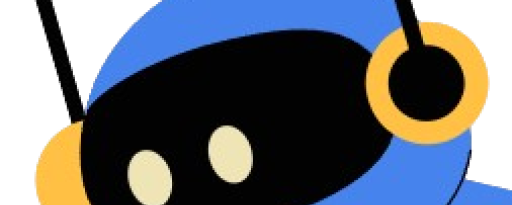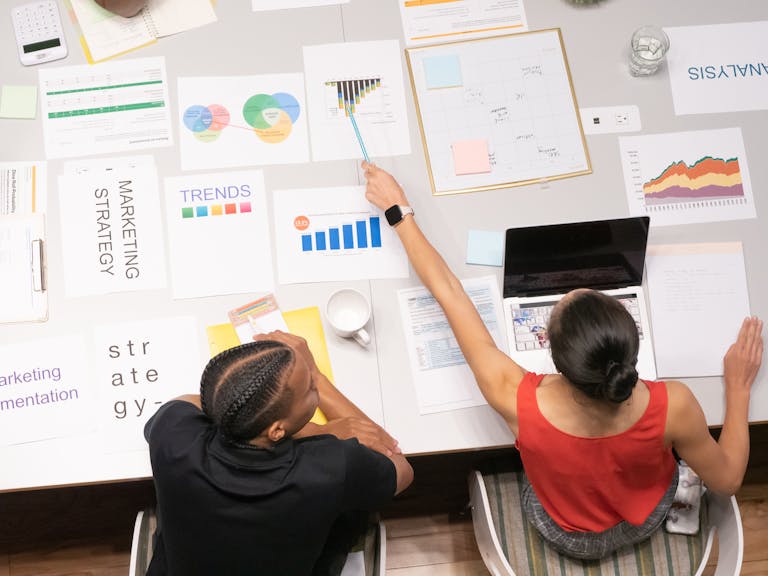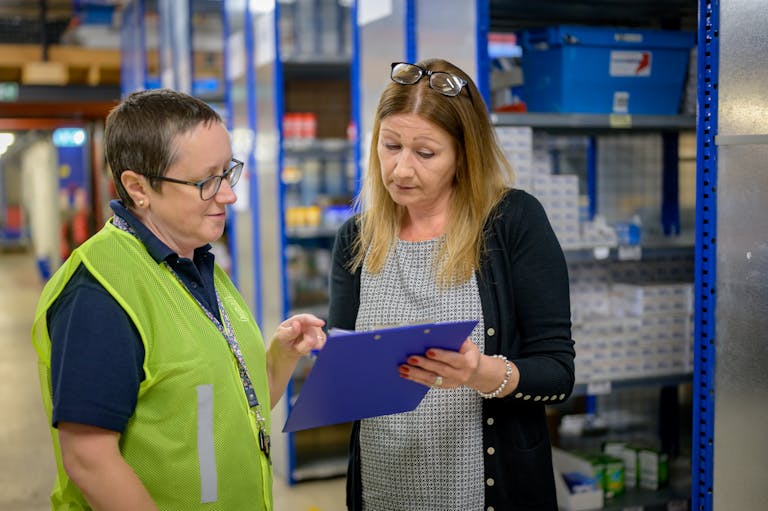AI in Education: Enhancing Arts Education 🎨
In the ever-evolving landscape of education, Artificial Intelligence (AI) is making waves across various disciplines. One area where AI is particularly transformative is in arts education. Let’s explore how AI is reshaping the way we learn and teach the arts, enhancing creativity and accessibility for students and educators alike.
Table of Contents
1. Introduction to AI in Arts Education
2. Personalized Learning Experiences
3. Bridging Accessibility Gaps
4. Enhancing Creativity and Collaboration
5. Conclusion
6. FAQs
Introduction to AI in Arts Education
Arts education has traditionally been viewed as a domain that thrives on human creativity and emotional expression. However, AI is proving to be a powerful ally in this field. By integrating AI technologies, educators can offer personalized learning experiences, increase accessibility, and foster enhanced creativity among students.
Personalized Learning Experiences 🎭
AI has the incredible ability to tailor educational experiences to the unique needs of each student. In arts education, this means that students can receive customized feedback and guidance that align with their individual strengths and weaknesses.
Imagine a music student using AI-powered software that listens to their practice sessions and provides instant feedback on pitch, rhythm, and expression. This kind of personalized learning can accelerate skill development and boost confidence.
Bridging Accessibility Gaps 🌍
AI is also playing a crucial role in making arts education more accessible to students with disabilities. For instance, AI-driven tools can convert visual art into tactile formats for visually impaired students or provide real-time sign language translation for hearing-impaired learners.
Moreover, AI can help break down language barriers, allowing students from different linguistic backgrounds to engage with art content in their native languages.
Enhancing Creativity and Collaboration 🤝
One of the most exciting aspects of AI in arts education is its ability to inspire creativity and foster collaboration. AI can generate new art forms and styles, offering students fresh perspectives and ideas. This can be particularly beneficial in fields like digital art and graphic design, where innovation is key.
Furthermore, AI-powered platforms can facilitate collaboration by connecting students from around the world, allowing them to work together on projects and share diverse cultural insights.
Conclusion
AI is undoubtedly transforming arts education, offering tools that enhance learning experiences, improve accessibility, and unleash creativity. As educators and students continue to embrace AI, the possibilities for innovation and growth in arts education are boundless.
FAQs
1. How can AI personalize arts education?
AI can analyze data from a student’s interactions and performance to provide tailored feedback and learning paths, ensuring that each student receives support that aligns with their unique needs and goals.
2. What are some examples of AI enhancing creativity in the arts?
AI can generate new art styles, assist in music composition, and provide platforms for global collaboration, encouraging students to explore creative possibilities they might not have considered otherwise.
3. Is AI replacing teachers in arts education?
No, AI is not replacing teachers. Instead, it serves as a tool that educators can use to enhance their teaching methods and provide more effective, personalized instruction.
4. How does AI improve accessibility in arts education?
AI helps improve accessibility by providing alternative formats for art content, such as tactile versions for the visually impaired, and offering real-time translations and transcriptions for various needs.
5. Can AI help students collaborate across different cultures?
Absolutely! AI-powered platforms can connect students worldwide, allowing them to share ideas and collaborate on projects, enriching their educational experience with diverse cultural insights.


